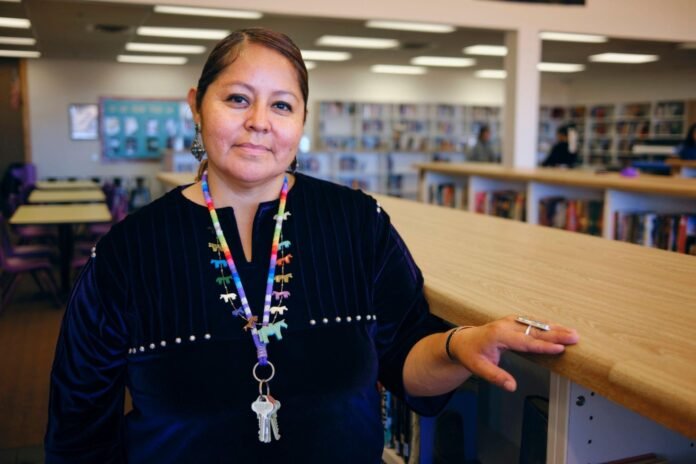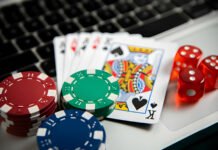Many people have family stories about a Native American ancestor. Ancestry tests that analyze mtDNA and Y-DNA can identify this connection.
However, a DNA test cannot verify that you are a member of the tribe from which your ancestor is documented. You will need to do further research.
This process is different for each nation.
Talk to Your Relatives
In addition to oral history, compared ethnicity, shared segments, and family matching, DNA tests such as Y-DNA and mtDNA can identify partial or full Native American ancestry.
However, it is important to note that these tests cannot tell you what tribe or band your ancestor belonged to.
There are over 562 Native American population groups, and, likely, a DNA test will not be able to identify all of them.
The best way to find out if you have Native American ancestry is to ask your relatives about the tribal ties of their family. It will allow you to gather more information and decide whether a DNA test is right for you.
During the Jim Crow era (1860s to 1960s) in the United States, white Americans often claimed that they had Native American ancestry to avoid being discriminated against for their darker skin tone. While this is understandable, it shouldn’t be used as a reason to claim Native heritage.
People should be cautious about claiming Native American ancestry because of the complicated history between colonialism and Native America.
The best way to know is to consult genealogical records. You can start your native american ancestry search online.
Document Your Family History
One of the best ways to find out if you have Native American ancestors is through family history.
Start with any current and historical records that pertain to your immediate biological family, and then work backward.
This way, you will have a solid knowledge base about your immediate family before searching for more specific ancestral information.
Many people also choose to test their mtDNA and Y-DNA to determine if they have any direct maternal or paternal Native American ancestors.
These results will reveal which of the 562 Native American population groups they belong to, which can help find further information about their ancestors.
Some of these tests can be very useful in establishing tribal membership for those who want to do so.
However, many tribes do not accept these tests as proof of ancestry, and enrollment requires more than just a genetic match.
Go to the Library
While DNA tests are the best option for determining the presence of Native American ancestry, there are many other resources you can check at your local library or historical society.
One important resource is a genealogy book for the region in which your ancestors lived.
These books often contain information about connecting with local tribal members and can provide details on specific tribes.
They can be purchased online or in many bookstores. A final way to find out if you have Native American ancestors is to contact the tribe they were from and ask about available resources for researching family history.
It is important to note that this can be difficult and should only be done if you have documentation proving your relationship.
Some tribes may not take your request seriously or consider you a candidate for tribal enrollment if you do not have enough evidence to prove your lineage.
If you have undergone testing for your mtDNA and YDNA, it becomes possible to establish if you have a Native American ancestor who is direct maternally or paternally.
However, it is impossible to tell which tribal groups your ancestors were a part of from autosomal DNA tests, as each person inherits a different mixture of genes from their parents.
Contact the Tribe
If you’ve confirmed ancestry to a particular tribe through DNA testing or research, it is a good idea to contact the tribal nation.
Each tribe has its process for documentation and will require a certain level of proof of descent before granting membership, so it is important to understand the requirements before beginning your search.
The Y-DNA haplogroup in your family tree can also provide information about Native American ancestry.
Y-DNA is inherited solely from fathers to their male offspring and not transferred through mothers.
Identifying which linked relatives share the Native American segment can help you locate them in records arranged by tribe. Remember that only biological males can test their Y-DNA, so you may have to find a close relative interested in doing this test to identify your ancestor’s tribe.
Many people are surprised that a DNA test or other research shows them Native American ancestry, particularly if they’ve been told for generations that they don’t have any Native ancestry.
If this is the case, it could be because Native people intermarried with other families to some extent, and their origin is hidden in distant family lines.
It isn’t a reason to give up but a good indication that you may need to look at other methods for tracing your ancestry.





![How To Get A Ring Off a Swollen Finger [Update] How To Get A Ring Off a Swollen Finger](https://www.shopplax.com/wp-content/uploads/2024/01/How-to-get-a-ring-off-218x150.webp)



